Fancy a city break over the border in Sweden? To help you plan your trip, here are the biggest Swedish cities, plus some curious other ones to consider.
Ever since moving to Norway, I’ve spent lots of time travelling around the country. From the Arctic charm of Tromsø to the street art of Stavanger, Norway’s cities are endlessly intriguing. Yet sometimes, I just want something different.

Sweden is easy to reach from much of Norway. From Oslo and Trondheim, it’s a short drive, or a rail journey. Direct flights link Stockholm, Sweden’s capital city, with other Norwegian cities.
This makes planning a city break in Sweden straightforward. In many cases, it’s easier to plan a visit to Stockholm or Gothenburg than some cities in Norway.
What to Expect in Swedish Cities
In many ways, Sweden and Norway are the same. There’s so much shared history, the languages are very similar, and everyday life is more or less the same. Yet by visiting Sweden’s cities, you start to uncover the small differences.
Despite this, there’s an obvious familiarity to the cities that make a city break across the border a comfortable one.
Easy to understand transport system? Check. Coffee and cinnamon bun? Check. Well designed public spaces? Check. Nature within easy reach? Check.
If you want to expand your travel horizons and experience a little bit more of Scandinavia, Sweden’s cities are a good place to start. Let’s kick things off by taking a look at the five biggest.
1. Stockholm
As the capital city, Stockholm is often the first destination for many travellers. It's a city spread across 14 islands, offering a blend of waterfront views, modernity and history.
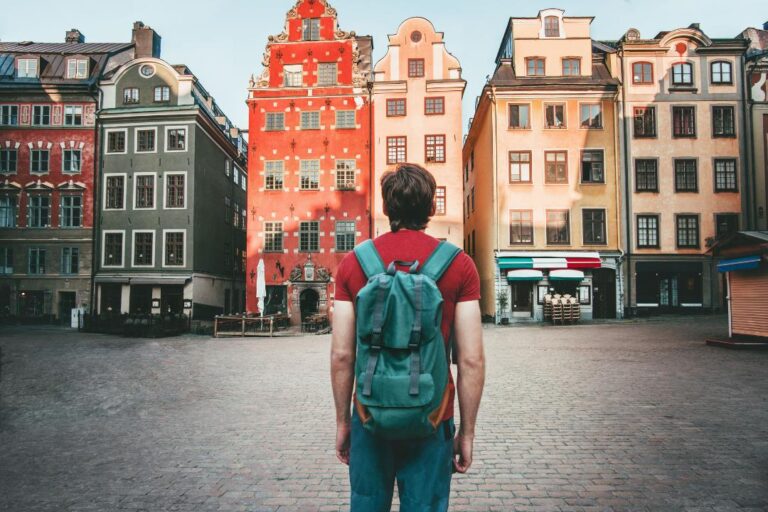
The city’s Old Town, Gamla Stan, is a well-preserved medieval centre with cobblestone streets and colourful buildings. Highlights include the Royal Palace, the Nobel Museum, and Storkyrkan Cathedral.
Outside of Gamla Stan, there are so many things to do in Stockholm. Music fans must check out the ABBA Museum, while the Vasa Museum is an eye-opening profile of failure. The warship—adorned with heavy carvings—sank on its maiden voyage.
Stockholm’s waterfront is perfect for a scenic boat tour, giving visitors a chance to see the archipelago that the city is famed for. These thousands of islands, some occupied, many not, are the natural playground for locals.
2. Gothenburg
Gothenburg, Sweden’s second-largest city, offers a different vibe compared to Stockholm despite being home to half a million people.
Known for its maritime heritage, the city is home to the largest port in the Nordic countries. Gothenburg is famous for its Dutch-style canals and leafy boulevards packed with cafes, shops, and cultural institutions.
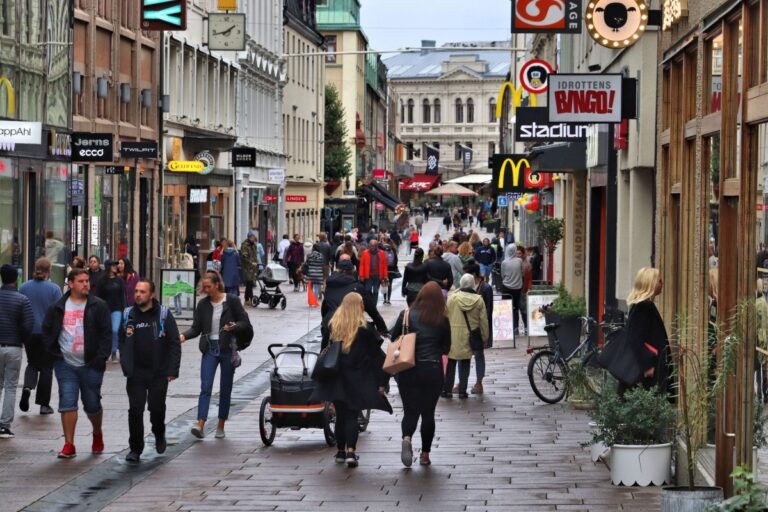
Liseberg, one of the most popular amusement parks in Scandinavia, is a must-visit destination in Gothenburg. Opened in 1923, it has since grown into a beloved attraction offering thrilling rides, beautiful gardens, and entertaining shows.
The park caters to all ages with attractions ranging from gentle carousels to adrenaline-pumping rollercoasters.
Liseberg transforms with seasonal experiences throughout the year. During summer, the park buzzes with excitement. Halloween at Liseberg features spooky decorations and haunted houses, but Liseberg truly shines at Christmas when it transforms into a magical winter wonderland.
3. Malmö
Located in the southern part of Sweden, Malmö is connected to Copenhagen, Denmark’s capital city, by the Øresund Bridge. This makes it an ideal spot for those looking to explore two countries in one trip.
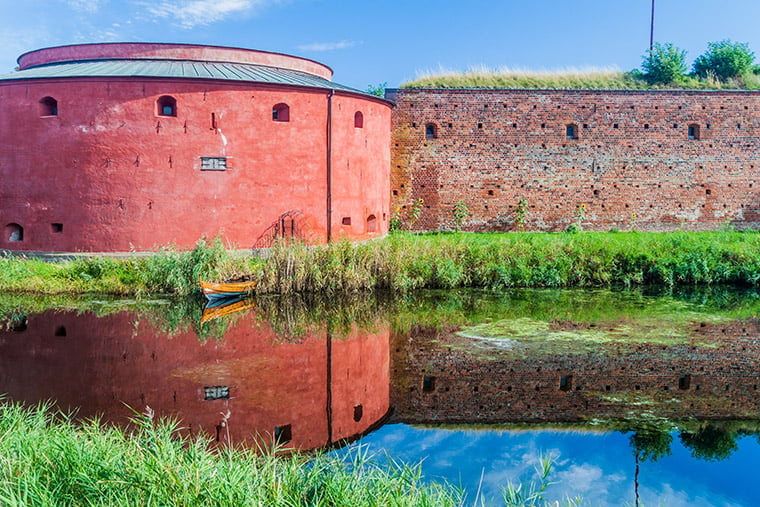
The bridge itself is an architectural marvel, spanning 8 kilometres and providing a seamless connection between Sweden and Denmark, facilitating business and tourism.
Malmö boasts a diverse culture, reflected in its food, architecture, and festivals. The Turning Torso, a neo-futuristic residential skyscraper, is a modern symbol of the city, while the historical Malmöhus Castle offers a peek into the city’s past.
It is the oldest Renaissance castle in Scandinavia still standing and now houses several museums, including the Malmö Art Museum and the Natural History Museum.
4. Uppsala
Uppsala is a city that seamlessly blends its historical significance with a youthful vibe, thanks to its large student population. I visited Uppsala just a few months ago and it really reminded me of Trondheim.
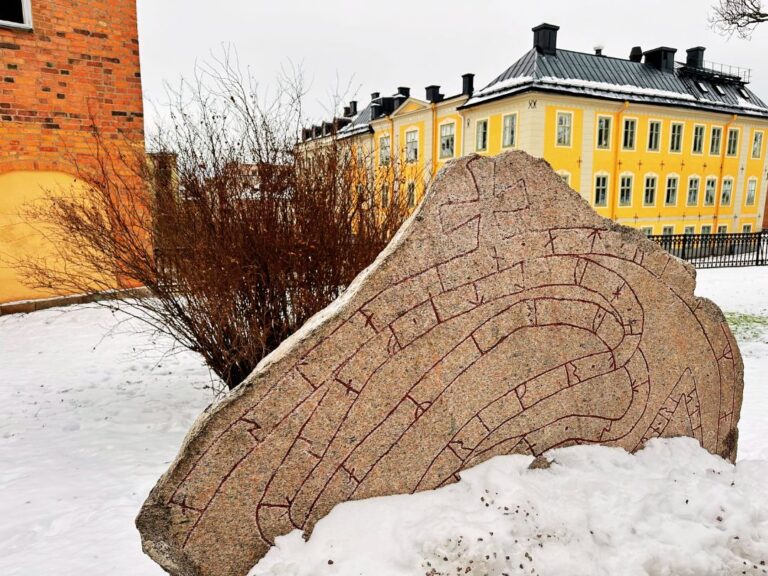
As the home of Uppsala University, founded in 1477, it is steeped in academic tradition. The striking Uppsala Cathedral and the Gustavianum, a museum which houses ancient artifacts and Viking treasures, are notable landmarks.
The city’s botanical gardens, Uppsala Castle, and the burial mounds of Old Uppsala provide beautiful spots for leisurely walks. Look out for the Viking Age runestones dotted around the city.
5. Lund
Another city known for its academic prowess is Lund. With a history dating back to the Viking Age, Lund is home to one of Scandinavia’s oldest universities, Lund University.
Founded in 1666, the university has long been a center of learning and culture, attracting students and scholars from around the globe. The university's picturesque campus adds to the city's charming atmosphere.
Lund Cathedral, with its impressive astronomical clock, is a must-see. This Romanesque cathedral, built in the 12th century, is a remarkable example of medieval architecture.
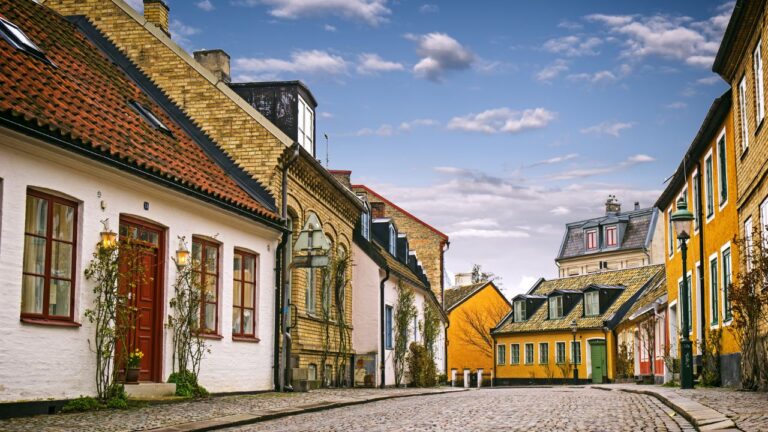
The city is also known for its tech industry. Companies like Ericsson and Sony Mobile have a significant presence here, fostering a culture of innovation and entrepreneurship. Ideon Science Park, one of the oldest science parks in Europe, is located here.
Other Notable Swedish Cities
Size isn’t everything! There are many other urban areas in Sweden worth considering for a visit.
Kiruna
For those seeking an adventure beyond the usual city experience, Kiruna is the place to go. Located in the far north of Sweden, it’s the gateway to the Icehotel in Jukkasjärvi and offers spectacular opportunities to witness the northern lights.
Kiruna is currently undergoing a massive relocation project due to the risk posed by mining activities, which adds a unique layer of interest to any visit.
Visby
Visby, located on the island of Gotland, is a UNESCO World Heritage site known for its well-preserved medieval city wall and architecture.
The annual Medieval Week transforms the town into a vibrant historical festival with reenactments, markets, and jousting tournaments. Almedalen park and the Gotland Museum are good spots to learn about the island’s rich history.
Jönköping
Nestled by the southern end of Sweden’s second-largest lake, Vättern, Jönköping is a picturesque city offering both natural beauty and cultural experiences.
Tändsticksmuseet (Matchstick Museum) is unique to the city and chronicles the history of match production. The surrounding nature provides ample opportunities for hiking, fishing, and boating.
Örebro
Situated almost in the heart of Sweden, Örebro is often overlooked by travellers, but it shouldn’t be.
The city is home to the stunning Örebro Castle, which sits majestically on an island in the middle of the river Svartån.
Wadköping Open Air Museum offers a glimpse into the 19th-century Swedish life, and the nearby Hjälmaren Lake is perfect for a summer day trip.
Which are your favourite Swedish cities, and why? I’d love to hear your thoughts and experiences down in the comments.

